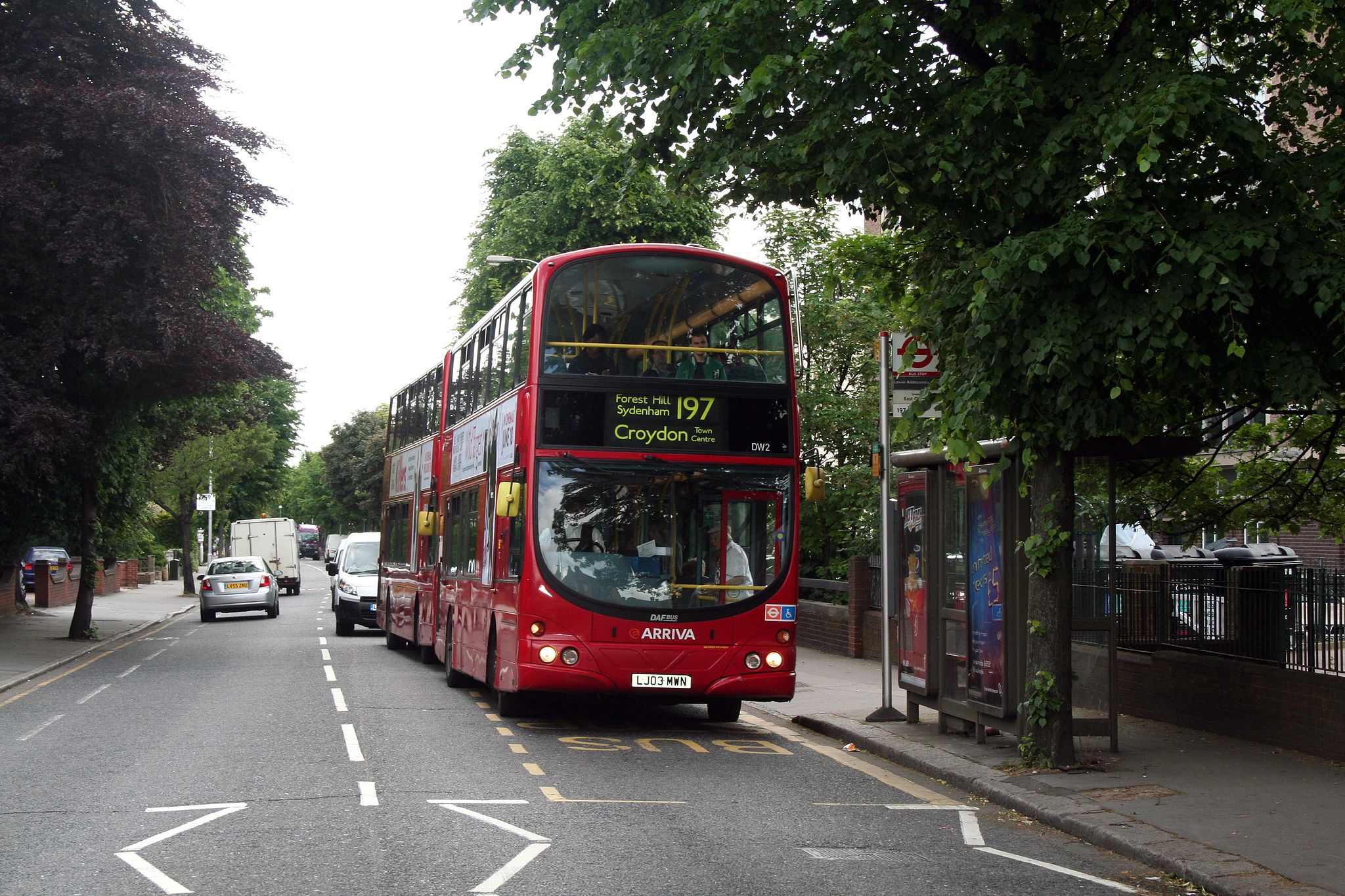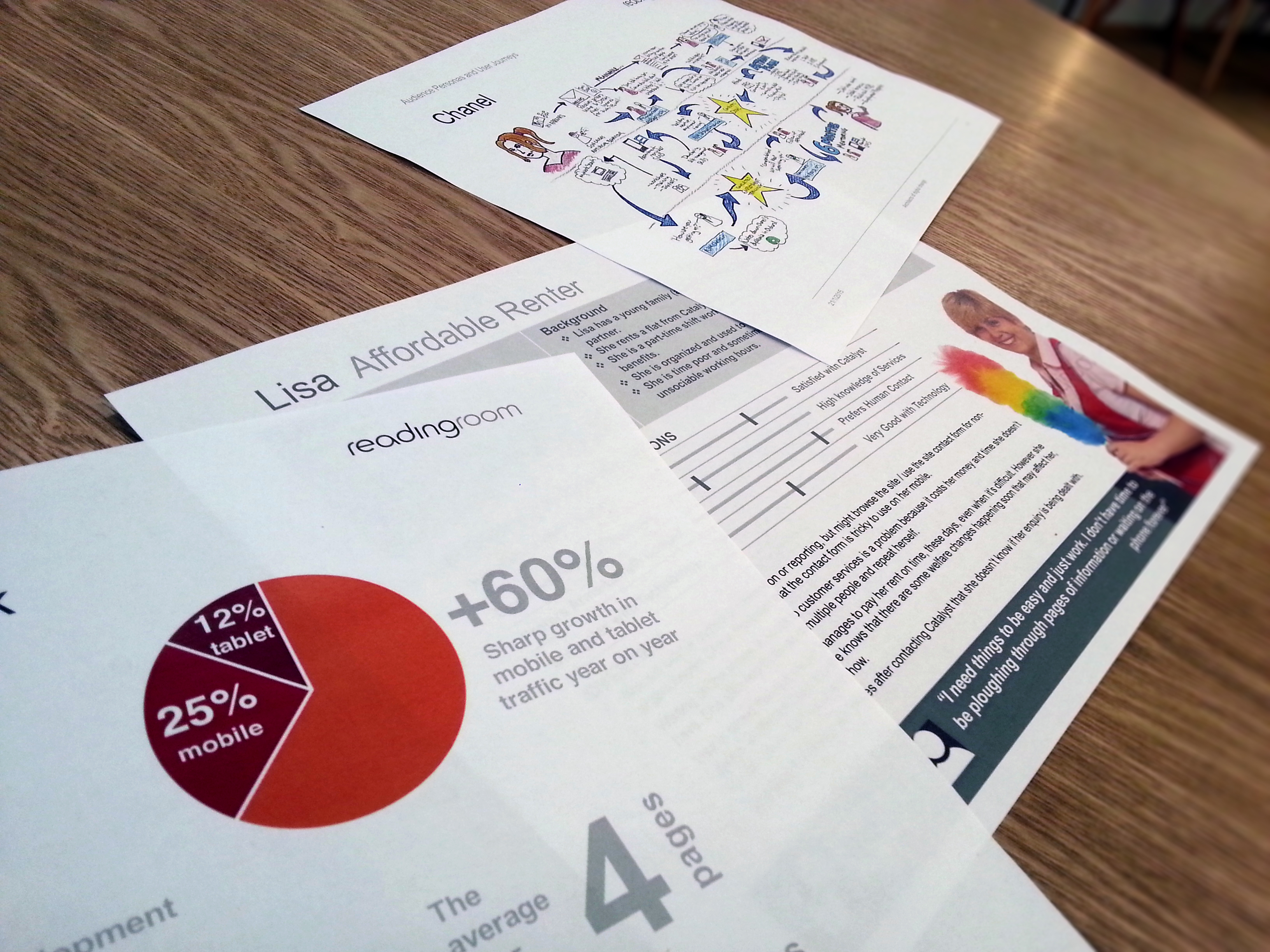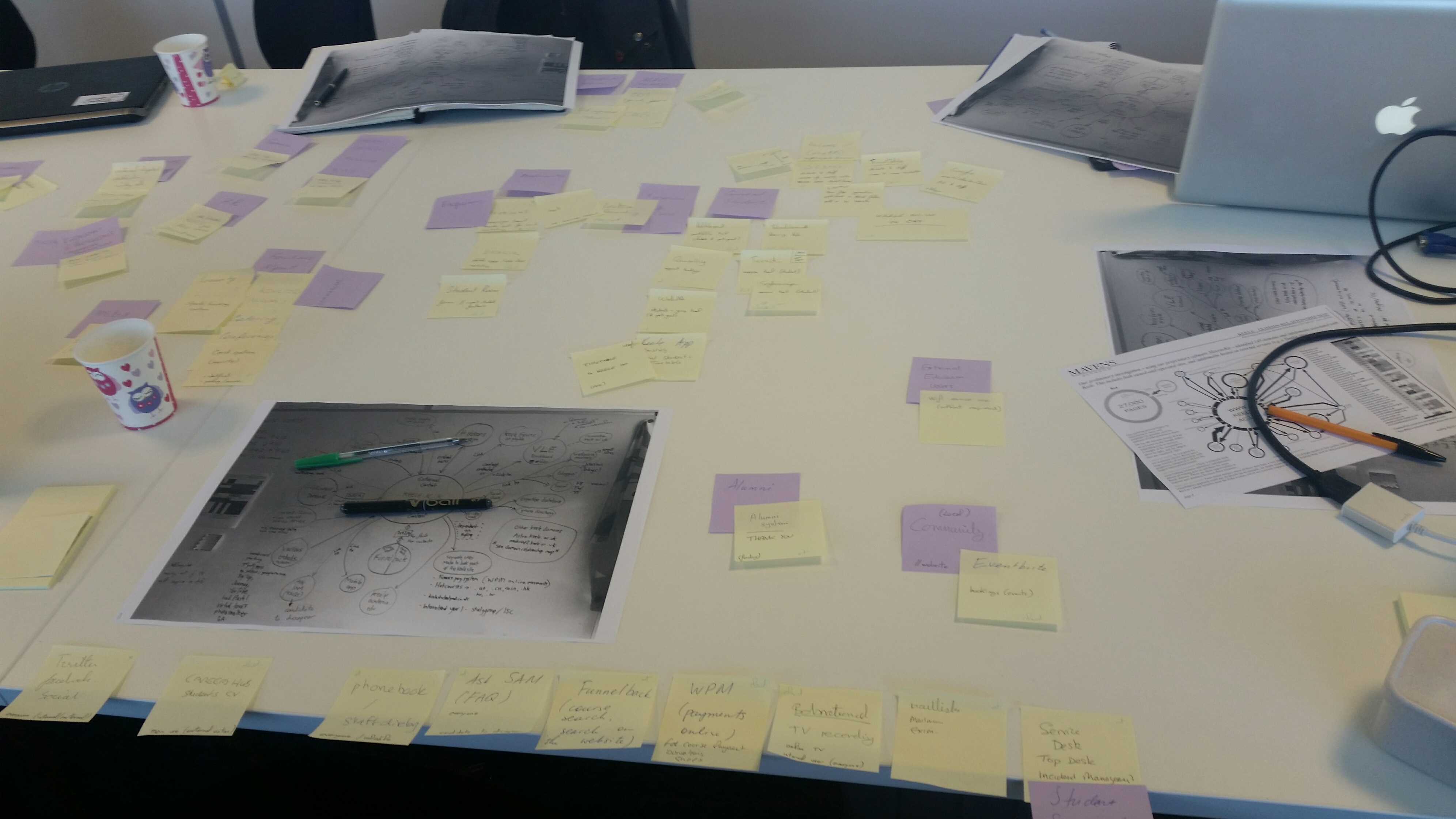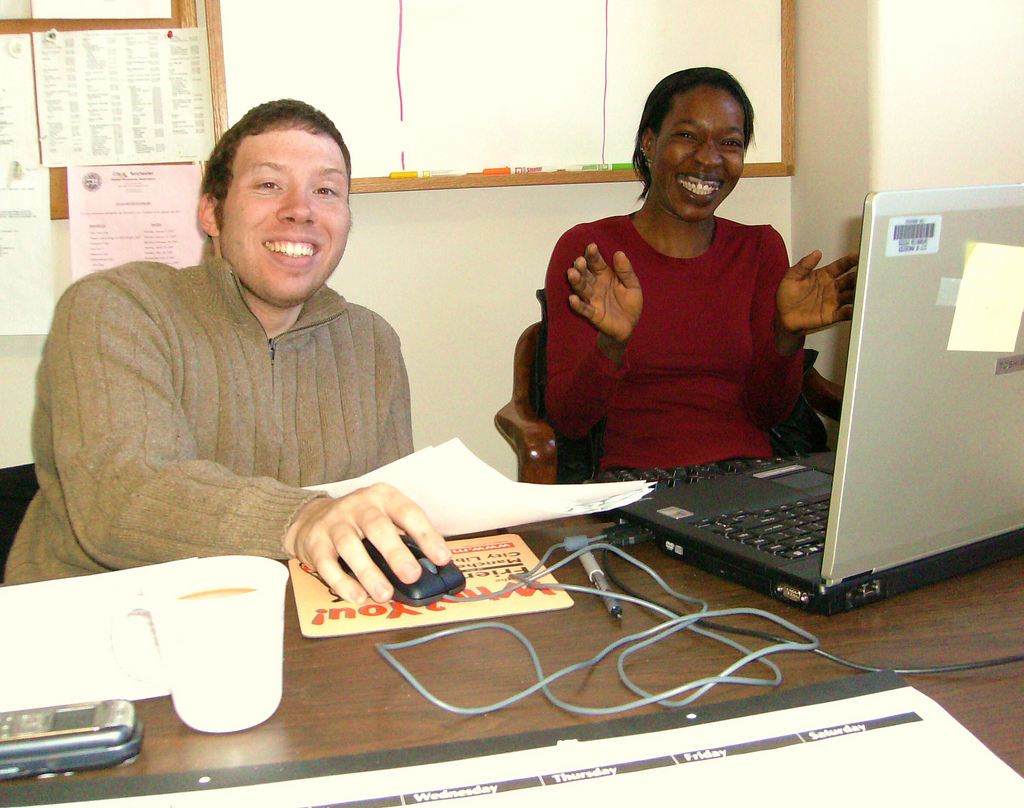
If 2020 was the year of the coronavirus, then 2021 was surely the year of the ‘coronacoaster’. From the highs of vaccine rollouts and loosening of social restrictions to the lows of fluctuating case numbers and a worrying new virus variation, we’ve all become unwilling passengers on what feels like an endless un-funfair ride.
But while the pandemic has never been far from our thoughts, it hasn’t taken over complete control of our lives. Research, evidence gathering, conferences and partnerships have continued in fields as diverse as education and housing, culture and the environment. Which is why, this year’s reflection on The Knowledge Exchange blog in 2021 focuses on some of the issues that we covered which looked beyond the pandemic.
Saving the planet
Until the emergence of Covid-19, many regarded climate change as the greatest threat facing humanity. That threat hasn’t gone away. Last summer, the Intergovernmental Panel on Climate Change (IPCC) released its latest report on the current state of the climate crisis, setting out the already devastating effects of climate change and warning of the deadly impacts, which will intensify as the planet gets hotter.
Throughout this year, our blog has focused on this issue, highlighting the dangers posed by climate change and the efforts to tackle the problem. In April, we looked at the monumental challenge of decarbonising the UK’s ageing housing stock, and highlighted a survey showing that two-thirds of housing associations have started planning to make their homes greener and warmer.
“However, the survey also reported that lack of finance and continuing policy uncertainty remain major obstacles to decarbonising homes. That’s important, particularly given the cost of decarbonisation of social housing – £104bn by 2050.”
We returned to the issue this month, with an overview of plans by government and industry to make the transition from gas boilers to greener ways of heating our homes.
In November, the landmark COP26 climate conference took place in Glasgow, and while the major talking points included protection of the world’s forests and reducing dependency on fossil fuels, our blog focused on how important the circular economy is to tackling global warming:
“…if we were able to double the current 8.6% global circularity figure to achieve 17% circularity, that move alone would achieve the targets on global warming set out by the Paris COP meeting in 2015.”
The cultural imperative
From community murals to television drama, from open-air concerts to singers entertaining neighbours from their balconies, culture and the arts have played a vital role in diverting us from the grim news of the past two years. And although the arts have taken a severe hit during lockdowns, artists across the globe have continued to create and share their work.
In January, we highlighted some of the ways in which creative people have found new ways to express themselves and to support the wellbeing of others:
“Organisations and individuals have been doing a variety of work to reach those most in need such as projects creating new programmes or adapting existing work to reach people who are shielding or vulnerable in their homes, overwhelmingly addressing loneliness and isolation. One participant described their experience: “I found the process of drawing and painting both cathartic and healing at the most difficult time of my life.”
In April, our blog reported on efforts by cultural communities to break down some of the barriers to digital engagement. It’s estimated that seven million people in the UK don’t’ have digital access, while 11.7 million don’t have the digital skills needed to engage online. In an increasingly ‘digital by default’ society, those numbers are troubling.
Our blog post described some of the ways in which arts and cultural organisations are tackling digital exclusion:
“One project managed by Birmingham Museums involved taking digital kit out to care homes for digital arts sessions. This was not only great for wellbeing; it also showed how digital technologies can be adapted to connect with people within communities.”
Levelling up and the foundational economy
The economy is another recurring theme that we’ve highlighted in our blog. The UK is one of the most geographically unequal countries in the developed world. It ranks near the top of the league table on most measures of regional economic inequality. Fixing this is a priority for a government elected in 2019 on a pledge to address inequalities in former industrial regions, and in coastal and isolated rural areas.
In May we reported from a webinar looking at the scope for charities to get involved. On the face of it, the fact that much of the focus is on capital spending could be challenging for charities whose work involves tackling problems such as addiction or homelessness. However, our blog explained that charities shouldn’t write off their chances of obtaining levelling up funding:
“… a lot of the language used in the funding documents is ambiguous – there are repeated references to ‘community’ and ‘community assets’ without making clear what they mean. This ambiguity could work in charities’ favour. At the same time, many charities work under the banners of skills, employment, heritage and culture. It’s up to charities, therefore, to identify elements in the funding that match what they can offer.”
In February, we shone a light on the foundational economy, which provides some of the essential services of everyday life, such as food, retailing and distribution, education, health and welfare. While these services are vital, many of the workers providing them are among the lowest paid in society. Our blog looked at the potential value of the foundational economy for the post-pandemic recovery:
“It has been widely agreed that a return to a business-as-usual approach following the pandemic is not the way forward, and that there needs to be a shift in economic policies in order to achieve a more socially and economically just society. Perhaps if such policy change is achieved, a more balanced economy that provides a good quality of life for all can eventually be realised.”
The issues of our times
From town centres to smart cities, from Scotland’s burgeoning space sector to Britain’s hard-pressed food system, throughout the year we’ve been raising awareness of important issues that concern or impact on public policy and practice.
But we haven’t ignored the ongoing public health emergency. In November, we reported from a webinar on some of the lessons from the pandemic and the future role of public health; in July we looked at the important work of health librarians during the pandemic; and in May our blog reported on the role of behavioural insights, data analytics and “nudge” techniques in public health, and in particular during the vaccine roll-outs.
Final thoughts
As we stand on the threshold of 2022, things look uncertain. But, as our blog posts have demonstrated throughout the past year, despite the anxieties and restrictions generated by the pandemic, great work can still be achieved by the public and private sectors, by charities, communities and individuals, for the benefit of society and the wider world.
All of us in The Knowledge Exchange team – Morwen, Donna, Heather, James, Rebecca, Hannah, Euan and Hollie – would like to wish all our readers a safe and peaceful festive season, and very happy new year.
Follow us on Twitter to see which topics are interesting our research officers and keep up to date with our latest blogs












You must be logged in to post a comment.